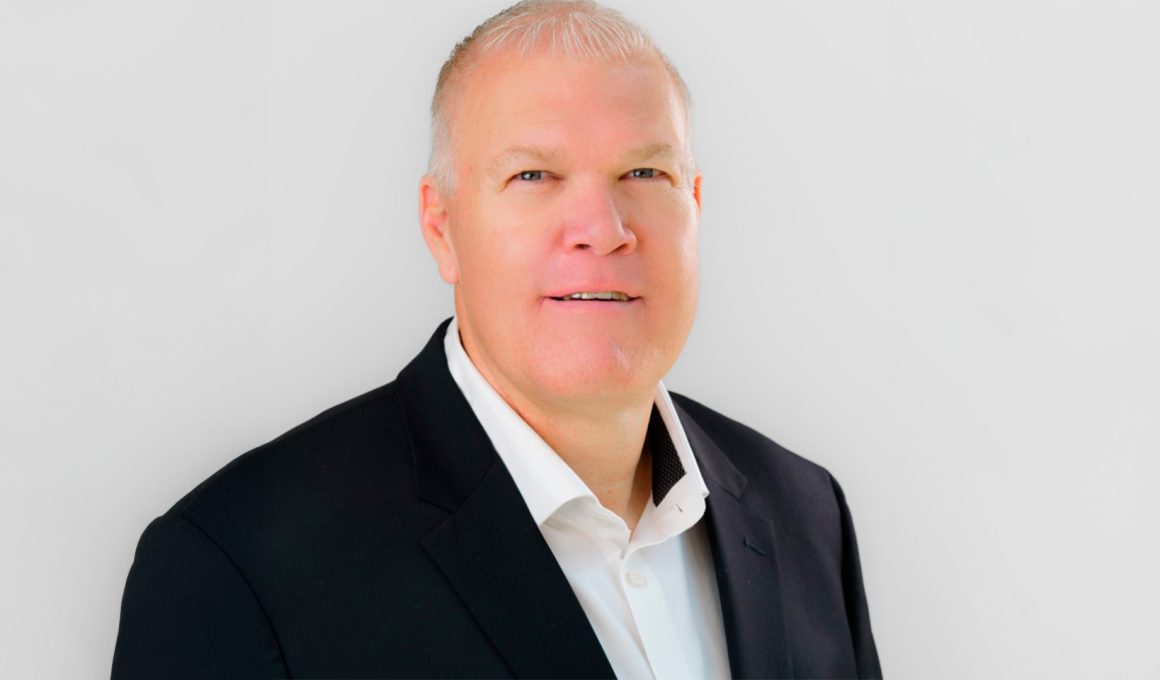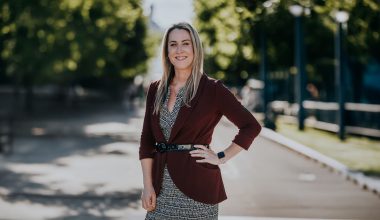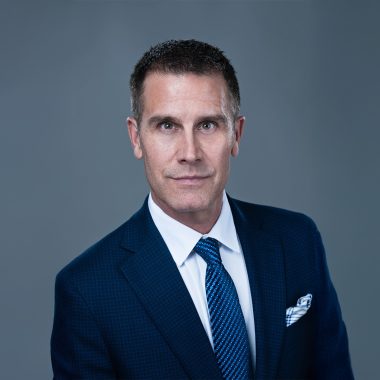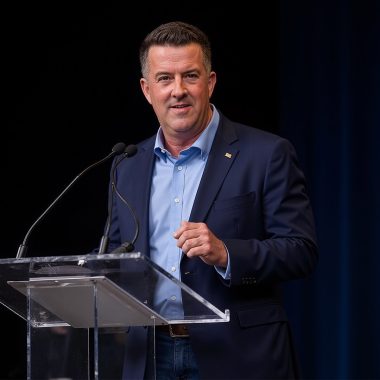Early-stage B2B growth is a test of balance: aligning ambition with structure, vision with execution, and speed with sustainability. But true scalability, not just growth, comes from understanding why customers buy and using that insight to build repeatable, data-driven systems that sustain momentum. Striking this equilibrium depends on systems, human and technology, that evolve in tandem with the business, and on leaders who can translate strategy into daily decision-making without compromising their ability to adapt.
Gus Byleveld has been the quiet architect behind many companies’ growth stories, approaching each challenge as an exercise in learning and iteration. For him, it’s the mindset that determines whether a company grows or truly scales. The early stages are less about chasing growth at any cost and more about learning how to build mechanisms that can consistently support growth.
“In a large mature company, failure can be a blemish. In a startup, it’s an experiment,” he says. “You do root cause analysis, learn, form a new hypothesis, and test again. That culture of learning fast is what drives scalability.”
Putting the Customer at the Center of Revenue Growth
In building new companies, Byleveld’s guiding principle remains the same: everything starts with the customer. He believes that too many founders and sales teams rush to pitch rather than take the time to understand and learn. This is a balance that needs to be pragmatically managed due to revenue and, at times, investor pressure.
“Early meetings with customers are too often about presenting rather than learning. There’s a time to sell, but there’s also a time to listen, to build trust, to understand why a customer is talking to you in the first place.” He adds, “Steve Blank, in his seminal literature on entrepreneurship, advised us to ‘get out of the building’. I have always interpreted that guidance as getting out of my own head, out of internal focus, and going out with an open mind and truly understanding why the customer would buy what I am offering”.
The human connection is more than good etiquette and rapport building. It’s science. Every conversation reveals insights into what drives a customer to buy and, crucially, why they might not buy. “For me, as a revenue generator, there is no more important component than knowing what your customer needs to be successful,” Byleveld says. “Trust and understanding are what build repeatable growth.”
Why Early-Stage Companies Sometimes “Hit The Wall”
Many early-stage ventures succeed initially because the founders themselves lead the sales effort in what Byleveld calls “the hero sale”. As they know their offering intimately, they can tailor their discussions perfectly to customer pain points. However, this ‘hero sale’ approach, while effective initially, often masks the absence of a repeatable process that others can follow once the founder steps back.
“If you bring in professional salespeople before you truly understand why customers buy from you, you’re setting them, and yourself, up for failure,” he says. “You have to collect scientifc data, not use assumptions or interpretations, on what triggers the purchase and what value the customer receives.”
That clarity forms the foundation for everything else: market profiling, team structure, and system design. “Scale works when the process is repeatable,” Byleveld says. “If you get it wrong, you’re just kicking a problem down the road, and it’s always more expensive or even existential to fix later.”
Three Guiding Principles for Building Scalable Revenue Engines
When guiding early-stage leaders, Byleveld returns to three strategic guiding principles that bridge theory and execution.
1. Put your product front and center: “In early stages, your product must act as a learning tool,” Byleveld says. “It should capture information about your prospects’ needs through their interactions. With buyers increasingly preferring self-evaluation, products must signal where each customer is in their buying journey—from curiosity to commitment.”
2. Harness revenue intelligence: Byleveld advocates for technology that captures real data from customer interactions, such as meeting recordings and email engagement analytics. “The days of moving deals through a linear CRM process are behind us. You need to know what your customer actually said, what questions they asked, and how long your team spoke versus listened. This insight transforms coaching, forecasting, deal velocity, and customer success into a precise science.”
3. Build inquisitive, aligned teams: No system or tool replaces human curiosity. “Build a team that’s genuinely interested in the customer’s need?” “Byleveld says. “Give them the systems and information to differentiate themselves. When people, process, and purpose align, you can build sustainable growth functions across sales, account management, customer success, and support.”
AI as the New Team Member
Currently pursuing an MBA in Artificial Intelligence, Byleveld identifies as a “centrist” when it comes to AI in business. “AI should not replace high-performing teams. It should enhance them. But AI will also amplify poor performance and assumptions that aren’t based in science.”
He views AI as an “additional team member” that extends human capability rather than merely replacing certain functions. “Leaders shouldn’t try to automate empathy. B2B customers still want to speak to humans who care. The real question is how we use emergent technology to make our best people even better.”
From intelligent research assistants to support bots that summarize customer interactions, in Byleveld’s view, AI is entering its most constructive phase in revenue generation yet: one where emergent technology supports rather than replaces genuine human connection. Focussed on internal teams, “the use of AI creates emotions in people,” he says. “That means it affects your team dynamic. Leaders must talk openly about those effects and ensure technology contributes positively to performance and culture.”
Building the Future of Scalable Growth
For Byleveld, it all comes back to a balance between science and intuition, process and agility, and humans and technology. His philosophy combines the best of high-performing teams and technology with the speed and creativity of startups, always anchored by one principle: understand your customer deeply before scaling.
Connect with Gus Byleveld on LinkedIn to learn more about his work in revenue growth and market expansion.








